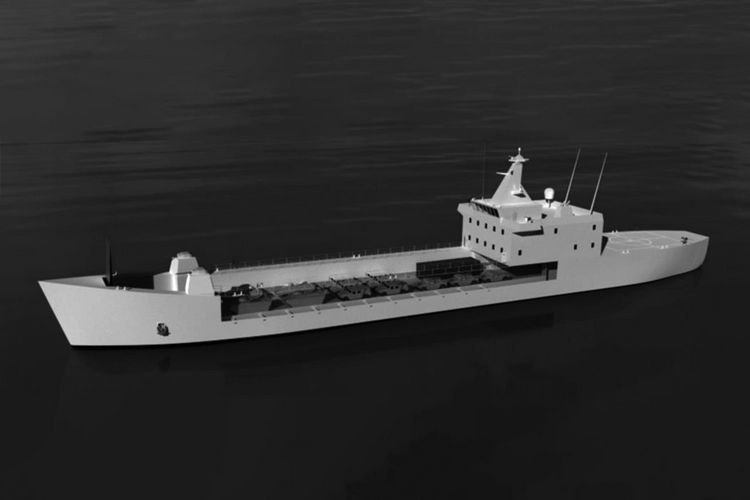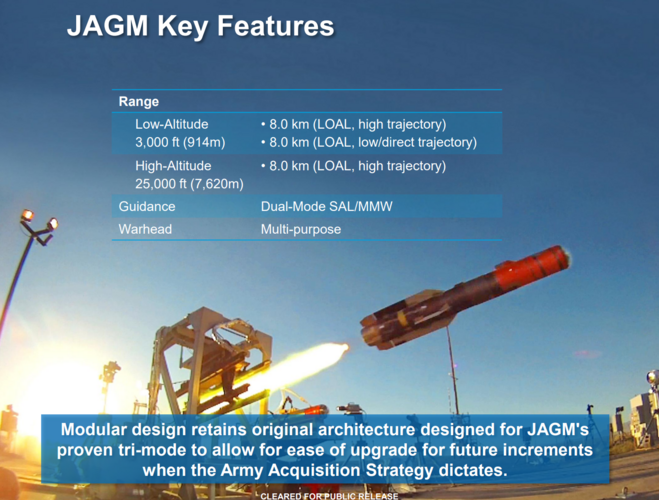- Joined
- 11 February 2007
- Messages
- 2,536
- Reaction score
- 4,295

Marine wargames offer a look at the future — and fuel dissent
For the Marines who may one day carry out new kinds of operations, the stakes of these games are high.www.marinecorpstimes.com
Every time I look at this new concept of scattering the USMC across a swathe of Pacific Islands, I think about the Japanese in WWII, and how well that worked for them. And logistics was a huge part of the problem they faced, with many of their troops ultimately facing starvation, not the enemy.

























